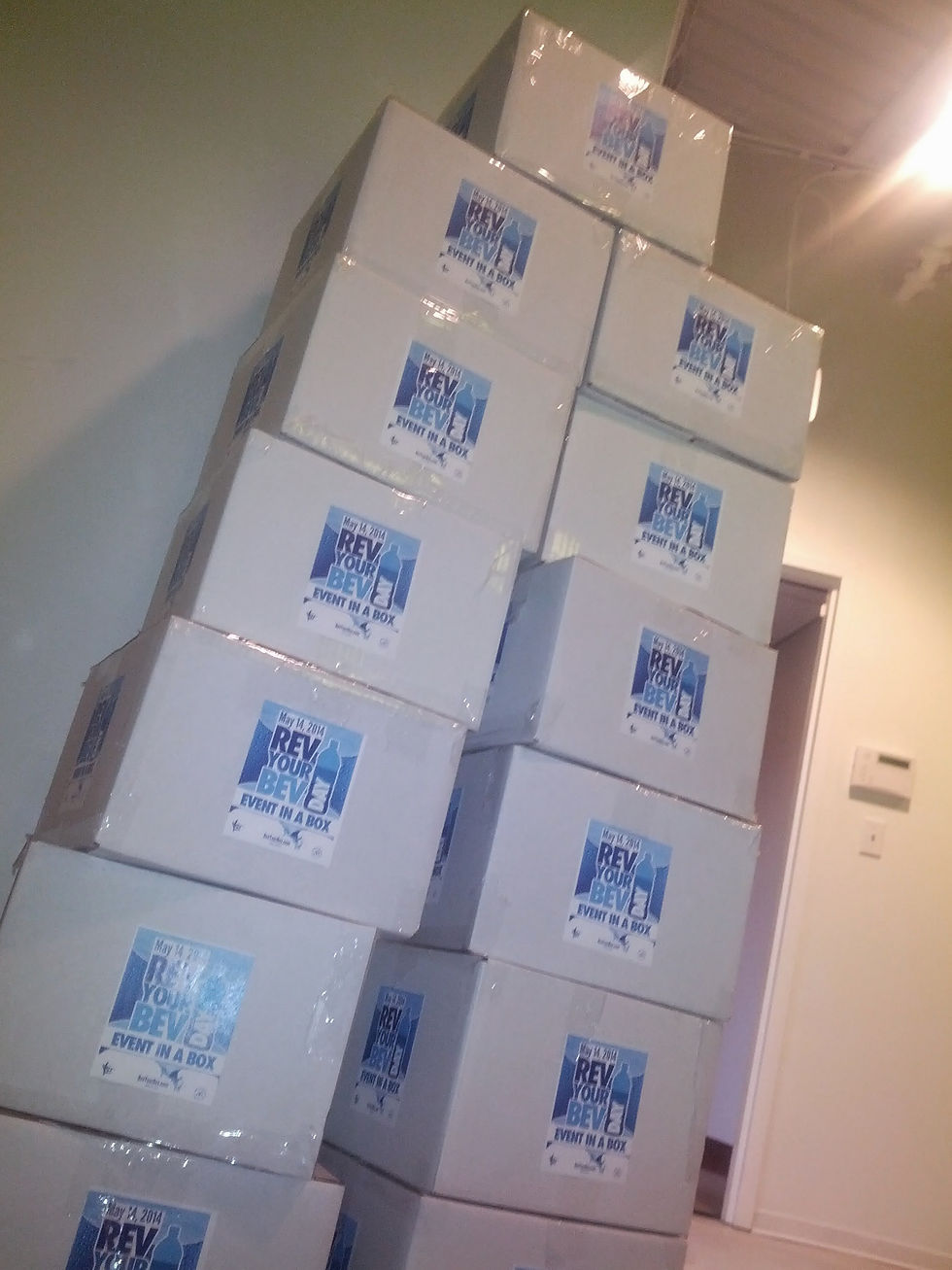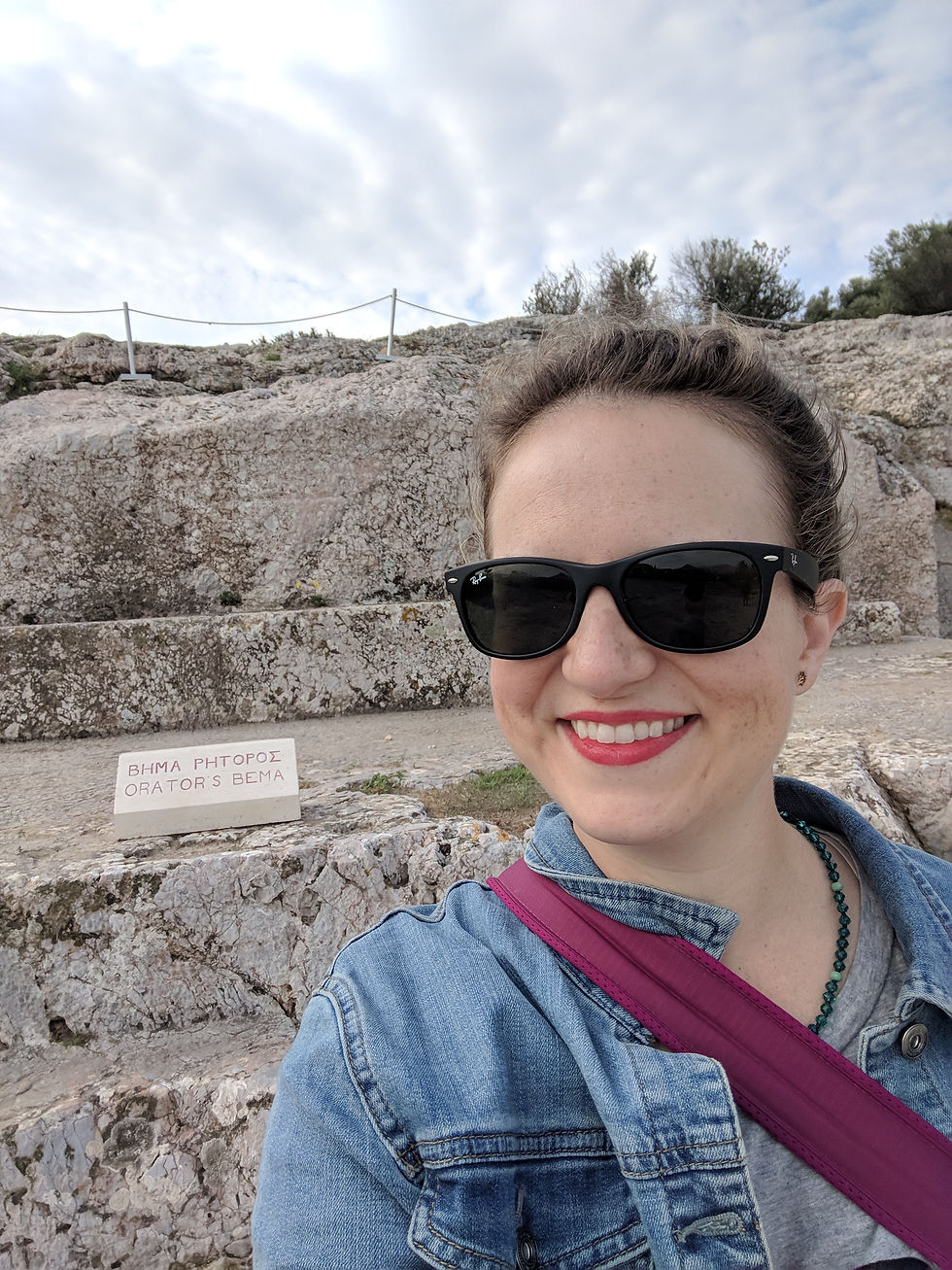My First Grassroots Campaign - Learning that No One Has the Answer
- Megan Ruddie

- Dec 19, 2018
- 3 min read
I didn’t realize the first time I had a job as a community organizer that it was a known position in the advocacy community 6 months after I had transition to a new job. When I was hired, the organization was just beginning to run policy campaigns for their clients. The “campaign” staff was small, only three people on the staff had any previous political experience, and almost all of that experience was from volunteering. The organization was branching out and attempting to building something from nothing.
Around four months into the campaign, as I was sitting in the supply room packing my 200th “kit” for an upcoming day of action, I realized we were very far afield from our original campaign plan. We had started hoping to get 50 high schools to participate in an educational event - we now had more than 200 churches, community centers, schools at all levels, dentists offices and food banks that were preparing to take part in our statewide day of action. No one on our team could have imagined how successful the effort would be, likely because no one on our team had ever organized a day of action before.
Anyone who has ever developed or run a campaign knows there is no blueprint to follow that ensures success. All campaigns must be allowed to change and adapt as they are rolled-out, making it impossible to concretely plan every step. However, there are some techniques I learned from putting together my first statewide issue campaign that can help guide a new campaign through its periods of uncertainty.
Community organizing is about making a decisions with incomplete information. Two things that are true about campaigning: First, there is always a decision to make, and second, you never have all the information you need to make a decision. These two truths mean that you must listen to your instinct and make the best decision that you can at the time. Hindsight is always 20/20, and over time and experience it becomes easier to make decisions as you grow a better instinct for how campaigns will unravel. The worst decision I made during my first campaign was underestimating the level of interest from potential participating organizations. We were extremely conservative and ultimately had quadruple the interest we’d predicted. While this interest was great, our bad predicting was costly - we paid a lot more money to expedite printing and shipping of materials that would would have ever paid if we had over ordered and had extra materials instead.
Always have a plan B. And a plan C. And a plan D. Even the best laid plans go awry. Plan for your original campaign plan to fall through and need to be adjusted. Plan for your next steps to be ineffective and also need to be adjusted. Don’t be afraid of admitting when a plan isn’t working - adjusting a plan and then moving forward is a critical skill to be successful when working on campaigns. Our campaign was initially dependent on allowing people to register for their event through a website. Because we had assumed only schools would be interested, the form did not work for the churches, doctors offices, and other community groups that wanted to participate. Ultimately, we had to call every person having an even to help get complete information for the website, a big deviation from our original plan of using the internet to help the campaign be more efficient.
The most important part of any campaign is the people who get involved. While the campaign plan, a social media plan, media contacts, and key decision-makers that are interested in champion your cause are all important parts of a campaign, the most important asset are the people that take on the work and push the campaign forward. As the person running the campaign, you should always ensure that you advocates and volunteers are having a positive experience working with you. Keeping a campaign experience positive doesn’t mean sugarcoating campaign progress or results. In our first statewide campaign, we focused on regularly showing gratitude, supporting our volunteers, and protecting them from unnecessary critics that were only interested in stopping their work.
Ultimately, the lessons we learned from our first year working on the campaign helped make all of us better community organizers. They also helped us refine the campaign plan for the years ahead. Today, the statewide day of action has grown to be a critical event that helps educate hundreds of people about critical health topics every year.




Comments